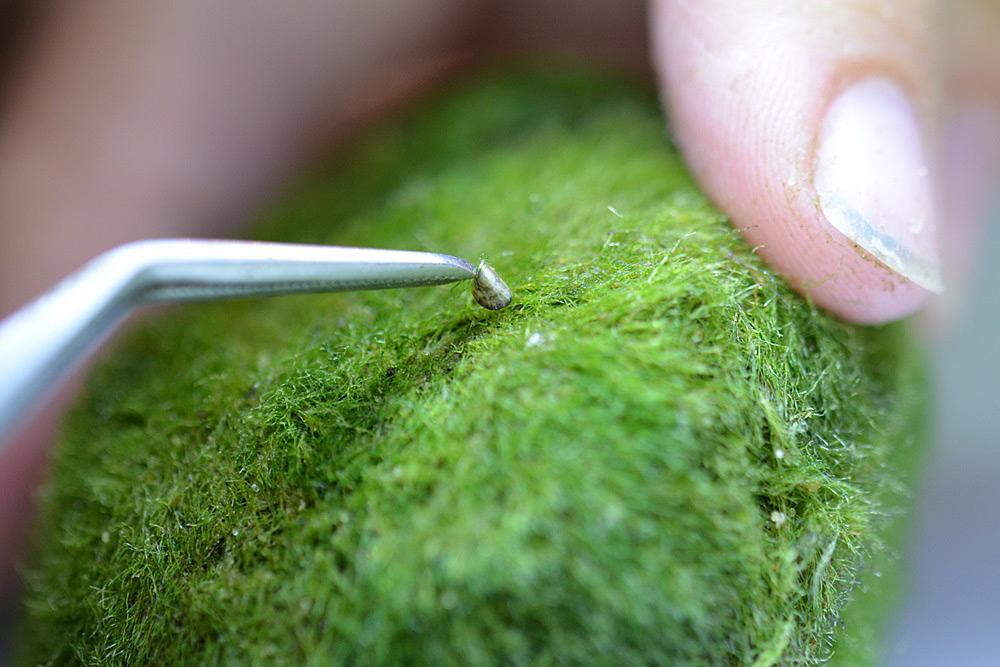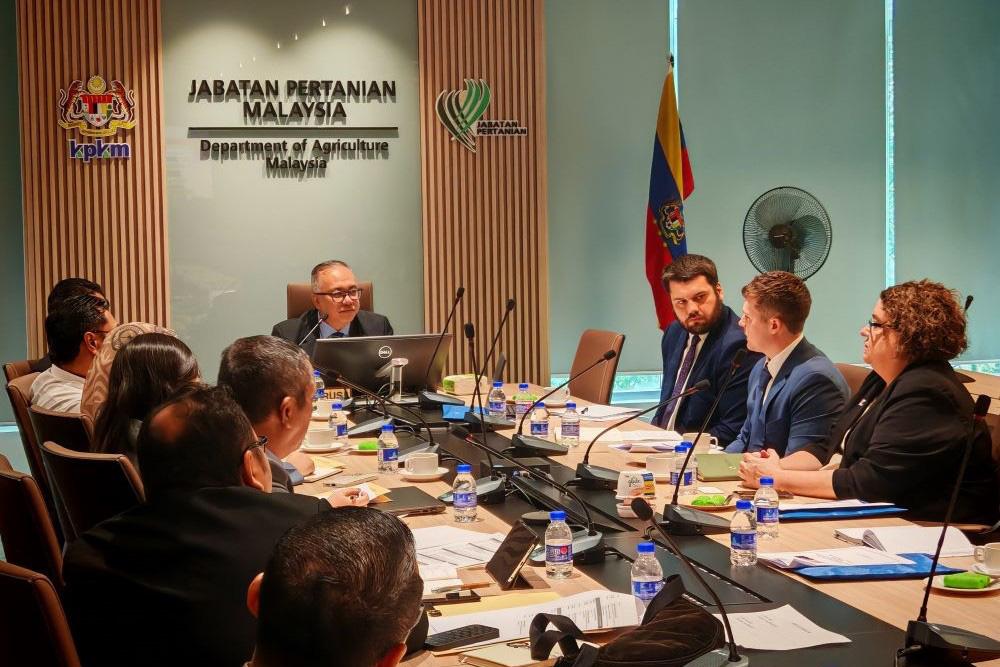Community members will continue to be able to access free testing services for rabbits and hares, thanks to an Australian Government funded national disease monitoring program.
The National Rabbit Disease Monitoring Program is being delivered by CSIRO, Australia’s national science agency. Through this program crucial data on the various rabbit haemorrhagic disease viruses (RHDVs) circulating in Australia will continue to be collected.
Australian Chief Environmental Biosecurity Officer, Dr Bertie Hennecke, said disease testing was another tactic in the battle to control rabbits.
“Rabbits were first introduced to Australia in 1859 for hunting purposes,” Dr Hennecke said.
“Biological control – in this case, use of RHDVs – is one of the most effective ways we have to keep the rabbit population in check.
“Through the disease monitoring program, any member of the public who finds a dead rabbit or hare, whether it’s a feral animal or a pet, can request a sampling kit and then submit the sample for analysis.
“Rabbits are one of Australian agriculture’s most costly vertebrate pests, estimated to cost over $197 million in control costs and agricultural losses every year, and are a significant threat to our biodiversity.
“The more data we have, the better we’re able to control this pest.”
CSIRO Senior Principal Research Scientist, Dr Tanja Strive, said the data allowed for better understanding of how RHDVs were evolving over time.
“We need to know the distribution, diversity and seasonal activity of the various rabbit viruses that are circulating in Australia,” Dr Strive said.
“This long-term community sampling of the rabbit population has been a critical source of data on RHDVs – where they’re spreading, whether they’re mutating and changing, and how much they’re interacting.
“We know these diseases can combine and change and having the data that shows how these viruses are moving in the wild means we can look at improving biocontrol tools.”
To request a sample kit visit Rabbit calicivirus testing – Rabbit caliciviruses (csiro.au)



